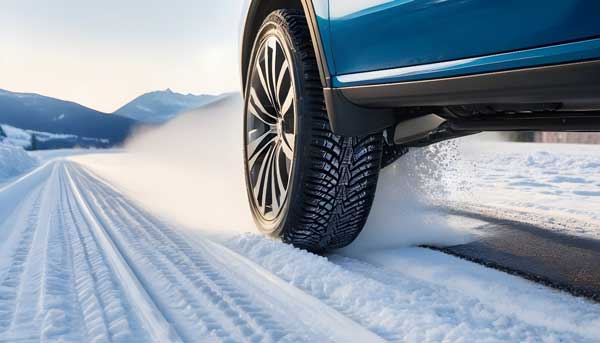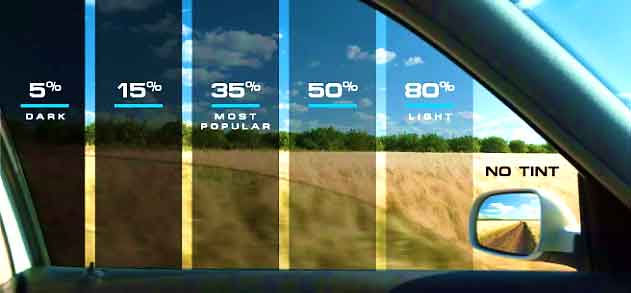Understanding Tire Markings: What Does 97V Mean on a Tire?
Have you ever glanced at your tire’s sidewall, puzzled by the jumble of letters and numbers? It’s like cracking a secret language! That string of characters, like ’97V,’ might as well be hieroglyphs. Fear not! Understanding these enigmatic codes is no easy feat amidst the alphabet soup on your tire. But worry not, for we’re here to unravel this mystery for you.
Picture it as a secret code that reveals crucial information about your tire. That ’97V’ isn’t just random digits and letters; it’s a coded message about load capacity and speed ratings. Let’s navigate this labyrinth together, converting these cryptic symbols into a clear road map for you. By the end, deciphering those sidewall hieroglyphs will be a piece of cake, giving you confidence in understanding your tire’s language and specifications.
Deciphering the Load Index – What Does “97” Indicate?
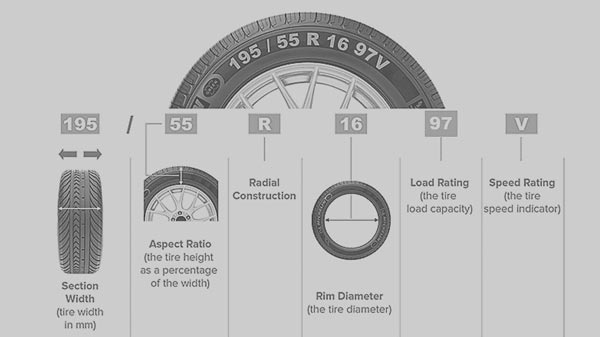
Image: A tire sidewall with a magnified view of the load index number.
Ever noticed the number on your tire sidewall like “97V”? That number, known as the load index, holds a crucial clue about your tire’s weight-carrying capacity. Think of it as the tire’s muscle power. So, that “97” in “97V” isn’t just a random digit—it’s the tire’s way of saying, “Hey, I can handle some serious weight!”
To break it down, the number “97” acts as a code. It signifies the maximum load the tire can support when it’s properly inflated. In simpler terms, it means the tire is designed to bear up to 1,609 pounds (or roughly 730 kilograms) of weight. That’s like carrying four average-sized adult elephants or nearly 20 average-sized suitcases. It’s essential to check this number because exceeding the tire’s weight limit can affect safety and performance on the road. So next time you’re eyeing that load index, know that it’s your tire’s way of telling you, “I’ve got your back—literally!”
Unveiling the Speed Rating – Unraveling the Meaning of “V”
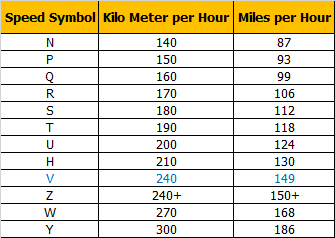
Table: Different speed rating symbols with explanations.
Imagine the letter “V” on a tire as a badge of honor that tells you its speed capabilities, almost like a tire’s own language. Just like a speed limit sign on a road, this letter signifies the maximum speed that a particular tire can handle when conditions are perfect. So, when you see a “V” stamped on a tire sidewall, it’s like it’s saying, “Hey, I’m built to handle speeds up to 149 mph (240 km/h)!” But, here’s the catch – it’s crucial to treat this speed limit as a cautious guideline. For it to be safe, the tire needs to be in tip-top shape, well-maintained, and properly inflated. Think of it as a runner preparing for a race – they need to be fit, in the right gear, and ready to perform. Similarly, for a tire to handle high speeds safely, it needs care and optimal conditions.
Understanding Load Index and Weight Capacity Relationship
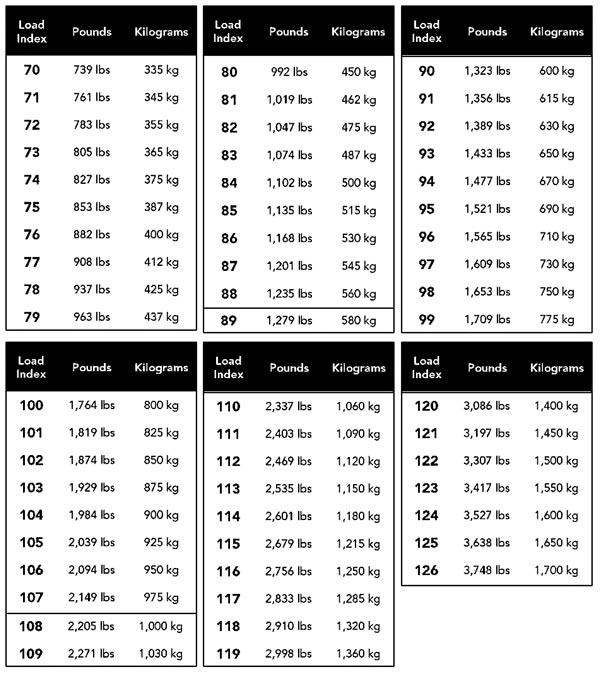
Table: Comparison between various load index and their corresponding weights.
Understanding tire load index is similar to understanding the strength of our muscles. Imagine your muscles as tires – the higher the load index, the more weight they can bear, just like stronger muscles can lift heavier objects. Consider a load index as a measure of tire strength, ranging from 0 to higher values. If a tire has a load index of 97, it’s akin to having robust muscles capable of supporting more weight compared to a tire with a load index of 94. So, just as we gauge our ability to carry heavier loads based on our physical strength, a tire’s load index directly reflects its capacity to carry heavier weights safely. This relationship between load index and weight capacity is crucial for ensuring optimal performance and safety while driving, as it dictates the maximum load a tire can handle without risking damage or compromise.
Impact of Speed Ratings on Driving Conditions
The speed rating stamped on a tire acts like a personality trait, shaping how it behaves on the road. Think of it as a tire’s speed DNA—it affects its performance in different driving situations, just like how certain people excel in specific activities. Tires boasting higher speed ratings are akin to athletes built for speed and agility; they’re primed for high-speed antics, offering top-notch handling and stability on fast lanes. They’re the superstars in the realm of high-performance vehicles, effortlessly gliding through swift maneuvers. On the flip side, tires with lower speed ratings are like reliable companions for everyday jaunts—more attuned to leisurely-paced drives, excelling in comfort and reliability. They’re the friendly neighbors who prefer a relaxed stroll over a high-octane sprint. Choosing the right speed-rated tire is akin to picking a companion tailored to your driving style, ensuring a smoother, safer ride on every journey.
Importance of Matching Tire Specifications to Vehicle Requirements
Making sure the tires on your car match or surpass the manufacturer’s suggestions is super important. Think of it like wearing the right shoes for different activities—imagine playing basketball in flip-flops; it just doesn’t work well! Mismatched tires, like mismatched shoes, can cause trouble. They might make your car harder to handle, compromise how safe it is, and even cause damage. It’s like trying to run in one sneaker and one high heel; it’s awkward and can lead to accidents. Your car’s tires are its shoes—they need to match and fit correctly for a smooth and safe ride. So, checking that they’re the right type, size, and have adequate tread is vital. Doing so ensures you have the right ‘footwear’ for your car’s optimal performance and safety on the road.
Consultation with Professionals for Tire Selection

Image: A customer consulting with a tire expert or mechanic regarding tire specifications.
When you find yourself unsure about the right tires for your car or if you’re confused about the tire specifications, reaching out to tire experts or mechanics is like having a knowledgeable friend by your side. These professionals aren’t just there to fix cars; they’re passionate about helping you stay safe on the road. They’ll take the time to understand your unique driving style, the kind of vehicle you have, and the specific conditions you encounter. Their advice goes beyond just pointing out a tire; it’s like having a tailor craft the perfect fit for your car’s shoes. Their personalized recommendations ensure you’re not just getting any tires but the ones that match your needs like a handshake fits perfectly. Trusting their guidance means driving with confidence, knowing you’ve made a decision that prioritizes your safety and driving comfort.
Regular Tire Maintenance and Inspections
Taking care of your tires is like looking after your own well-being. Just as you prioritize your health by eating well and exercising, ensuring your tires are in top condition is essential for a smooth and safe journey. Think of checking tire pressure as akin to monitoring your body’s vital signs. Inspecting tread depth is similar to checking your shoes’ grip for stability on various terrains. And just as you’d look for signs of wear and tear on your favorite jacket, keeping an eye out for damage on your tires is crucial. By sticking to the manufacturer’s maintenance schedule, you’re essentially giving your tires the equivalent of regular check-ups at the doctor’s office, increasing their longevity and keeping you safe on the road for many more miles ahead.
Conclusion
Hey there! Have you ever noticed those cryptic codes like “97V” stamped on your tire’s side? They might seem like random numbers and letters, but they hold the key to understanding your tire’s abilities. That “97V” isn’t just gibberish; it tells you about the tire’s load capacity (the ’97’) and its speed rating (the ‘V’).
Imagine it’s like decoding secret messages for your vehicle’s safety! These numbers impact how much weight your tires can handle and the maximum speeds they’re designed for. So, knowing this code is like having a superpower when it comes to making smart choices about your tires.
Hopefully, this little guide has demystified the jargon and armed you with the knowledge to make savvy decisions when buying or checking tires next time. If you have any thoughts or questions, drop a comment below. Your experiences and feedback mean a lot to us!

